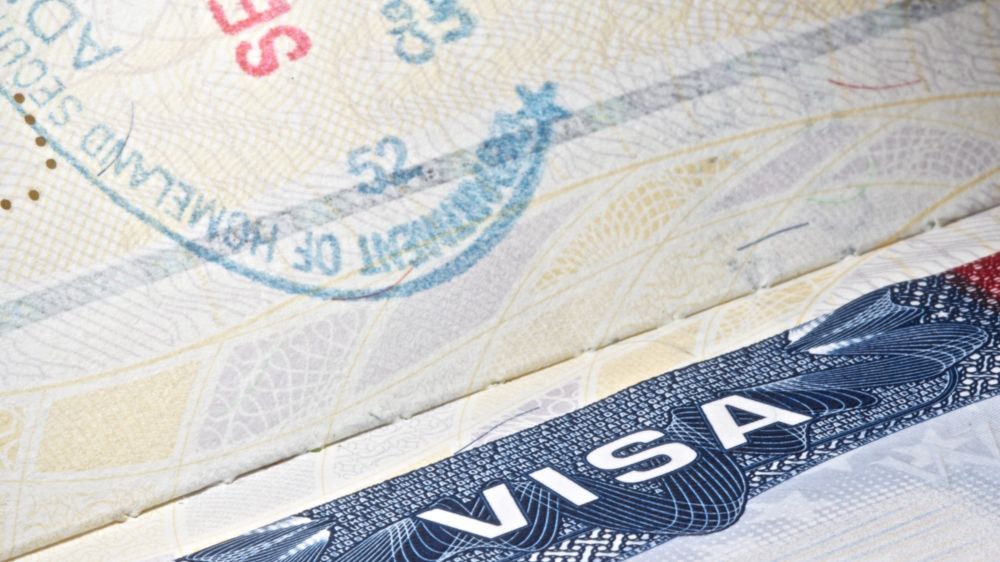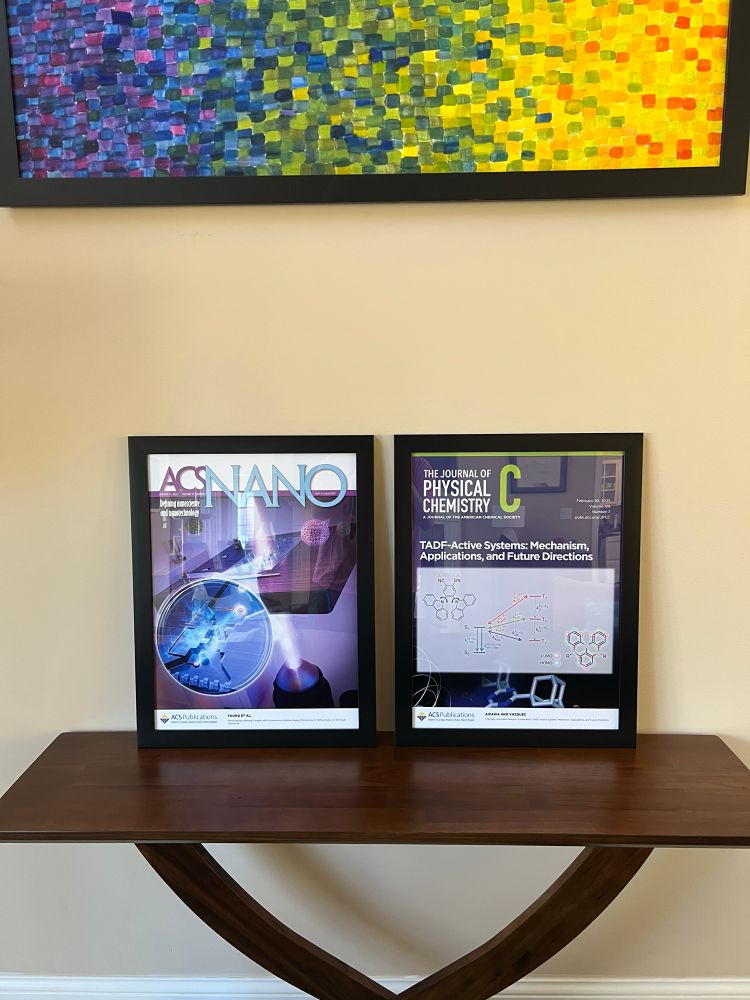
Lab Website: https://vazquez.lab.indiana.edu/
Link: news.iu.edu/college/live...

Link: news.iu.edu/college/live...

🔗 : doi.org/10.1021/acs.chemmater.5c01255

🔗 : doi.org/10.1021/acs.chemmater.5c01255
🔗: pubs.acs.org/doi/10.1021/jacsau.5c00822

🔗: pubs.acs.org/doi/10.1021/jacsau.5c00822
We are extremely proud of Kingsley’s growth as a scientist and grateful for his contributions to our lab. More to come soon! 😄

We are extremely proud of Kingsley’s growth as a scientist and grateful for his contributions to our lab. More to come soon! 😄
Thanks to @alexandrubg.bsky.social and Aliaksandra Lisouskaya (from ND) for their contributions to this manuscript.
🔗: chemrxiv.org/engage/chemr...

Thanks to @alexandrubg.bsky.social and Aliaksandra Lisouskaya (from ND) for their contributions to this manuscript.
🔗: chemrxiv.org/engage/chemr...

Thanks to @alexandrubg.bsky.social and Aliaksandra Lisouskaya (from ND) for their contributions to this manuscript.
🔗: chemrxiv.org/engage/chemr...




pubs.acs.org/doi/10.1021/...

pubs.acs.org/doi/10.1021/...



Image: a lone pair in BiOCl.

Image: a lone pair in BiOCl.



🔗 pubs.acs.org/doi/10.1021/acs.jpcc.5c00333

🔗 pubs.acs.org/doi/10.1021/acs.jpcc.5c00333
www.biorxiv.org/content/10.1...

www.biorxiv.org/content/10.1...




